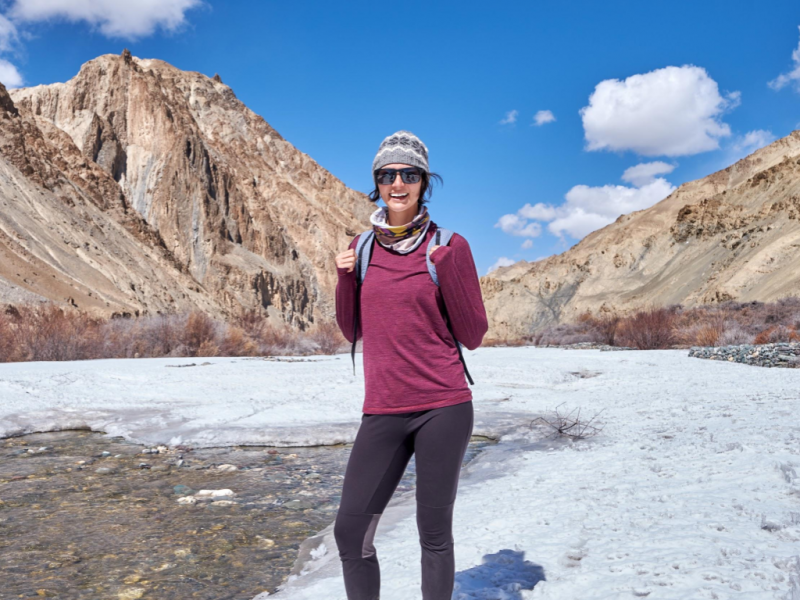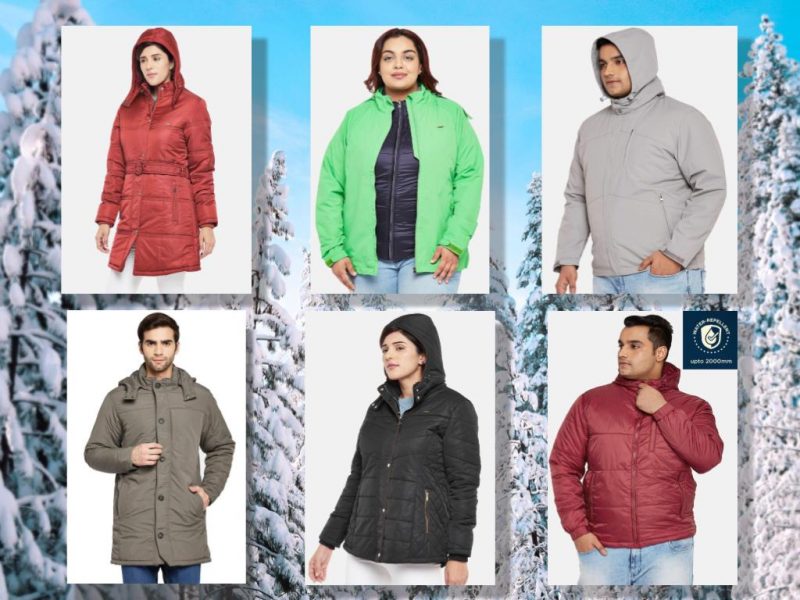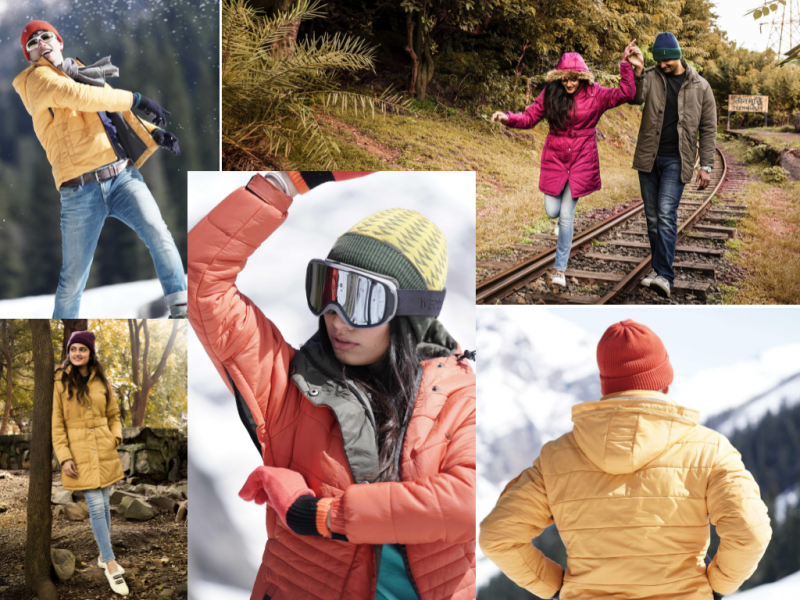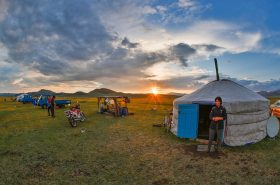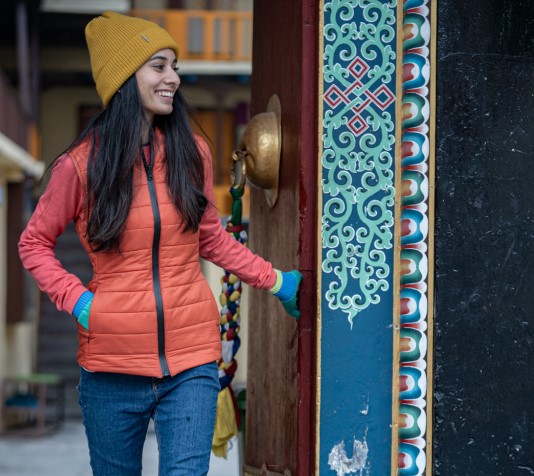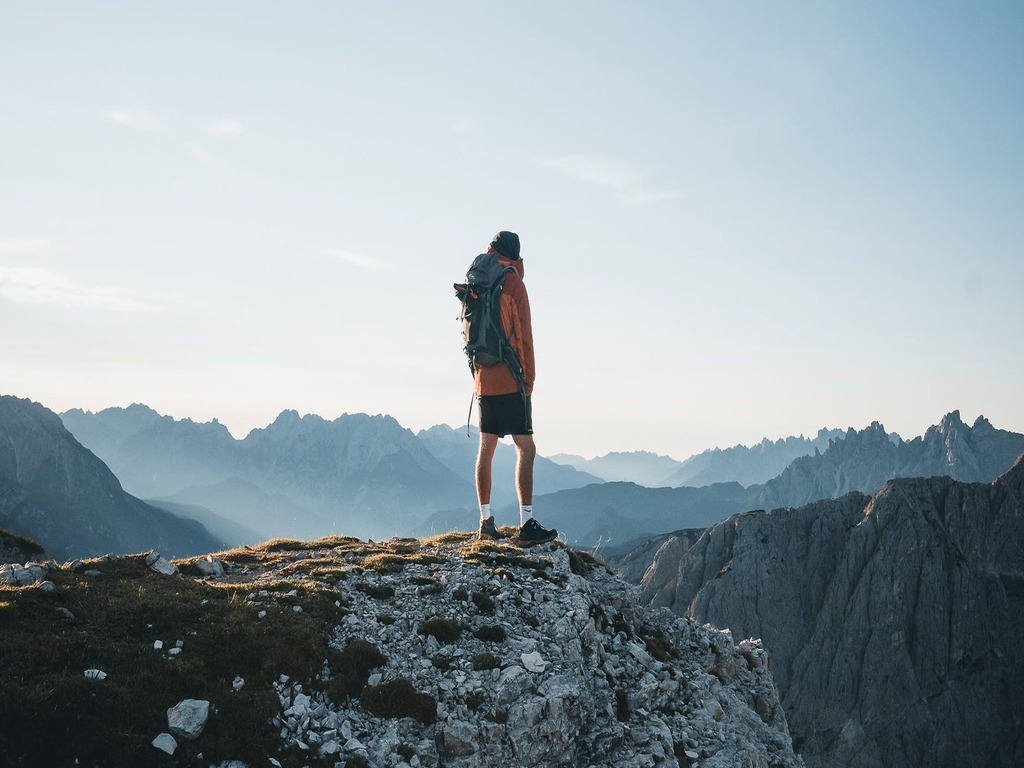
Manali in Himachal Pradesh is one of the most well-known destinations with regards to encountering nature at its best and experiencing exercises. Be it trekking, climbing, hiking, paragliding, or mountaineering, you can think that it is all here. And the Deo Tibba Expedition is a must-do trek here.
Deo Tibba Base Camp trek popularly called the Chota Chandratal trek is one of the most wonderful trips in the Manali district of Himachal Pradesh. Deo Tibba Expedition is one such trail that will offer you an exhilarating chance to encounter trekking just as mountaineering over a time of 13 days.
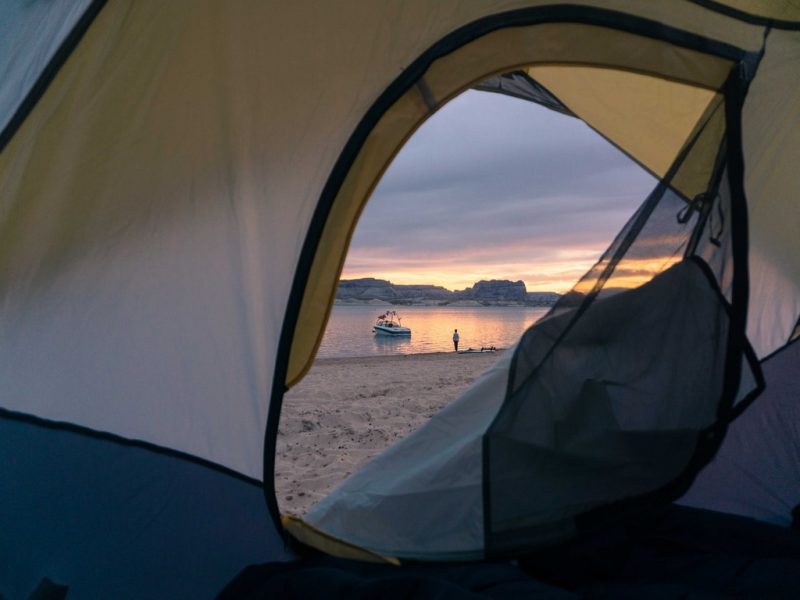
As well as acquainting you with these outrageous thrilling activities, this endeavor will likewise bless you with the abilities needed to embrace such expeditions. The Deo Tibba Expedition starts from Manali town, drives to Jagatsukh town series and forward through a progression of hairpin turns to reach the road-head at Khanol town.
Deo Tibba Expedition: Climbing tips and preparation
Where is Deo Tibba located in India?
Deo Tibba is the second highest peak located in Kullu District, Himachal Pradesh in India at a height of 6,001 meters. It is situated in the Pir Panjal Range of mountains. It is situated to the southwest of Manali above Jagatsukh village.
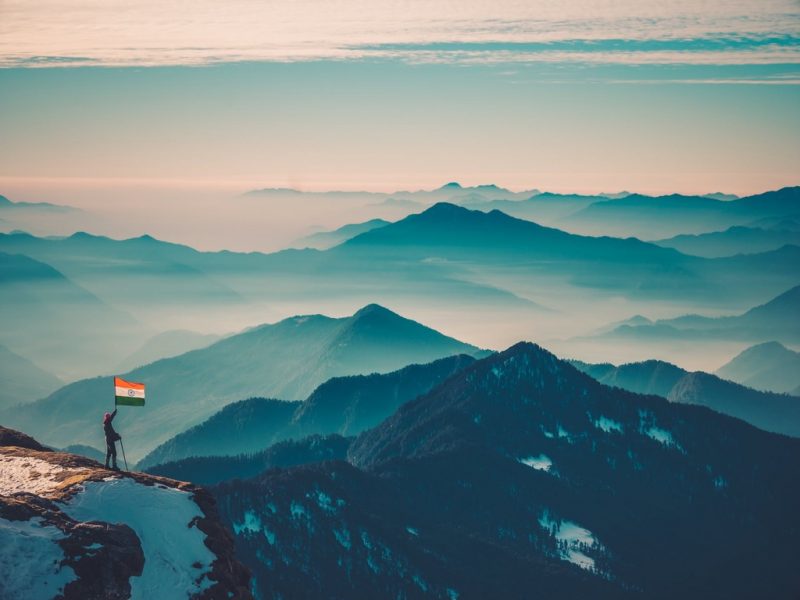
According to local convictions, Deo Tibba is the assembly site of the divine Gods and the ‘Devtas’ are believed to sit on this pinnacle. From offering you all-encompassing perspectives on many snow-crested mountains, this experience will even explore you to excellent sights of cascades, high altitude lakes, and sanctuaries.
How to reach Deo Tibba from Manali?
The closest airport is in Bhuntar which is 11km from Kullu and 52 km from Manali. You can take a taxi from Bhuntar to Manali. To reach Manali by air, you need to have a connecting flight via New Delhi or Chandigarh. New Delhi or Chandigarh is well connected to major airports across the country.
The Closest Railway station to Manali is Manali Railway station. Since Manali is associated with all significant railway lines. Trekkers will have to book either a bus or private cabs from Manali to reach Deo Tibba.
Preparing For The Expedition: Mt Deo Tibba Climbing Expedition
How do you plan the Mt Deo Tibba trek from Manali?
The Deo Tibba Base Camp trip begins from Khanol and after arriving at Manali in the morning. Get a drive immediately to Khanol town, the beginning stage of the trip. It requires 6-7 hours to arrive at Chikka which takes the form of a snake. The view opens up at Chikka which gives one of the most outstanding camping areas of Nag Mandir.
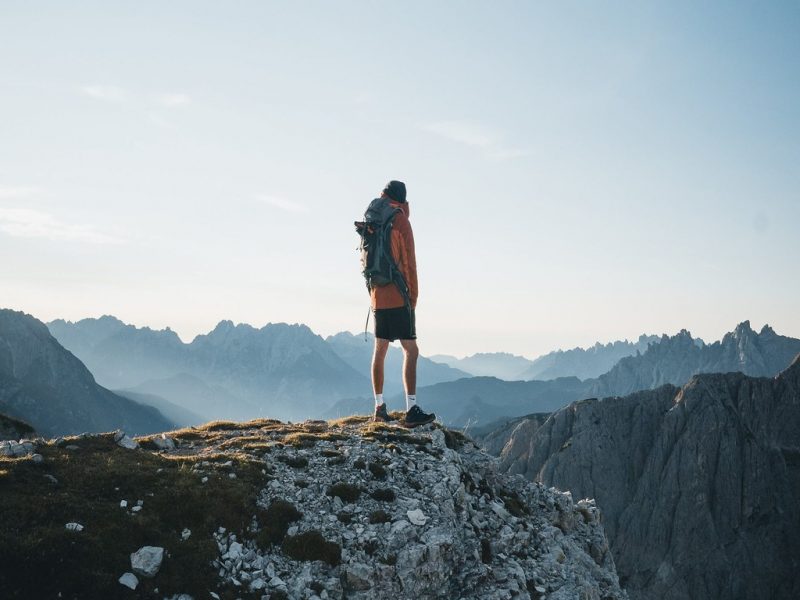
You can start trekking along the bank of the Jagatsukh nallah and enter the glowing forests which offer the carpet of smooth grass and beautiful wildflowers. Leaving the tree-line behind, climb to the meadows of Seri.
En route to Deo Tibba Base Camp, adventurers will go through numerous remote valleys and towns, including Jogi Dough, Panduropa, Setan, Hampta Pass, etc. In addition to Deo Tibba, the trek takes expeditors to the grazing fields of the nearby shepherds. Trekkers’ perspectives on the mighty Himalayan of Deo Tibba peak become more clear as they approach the pinnacle.
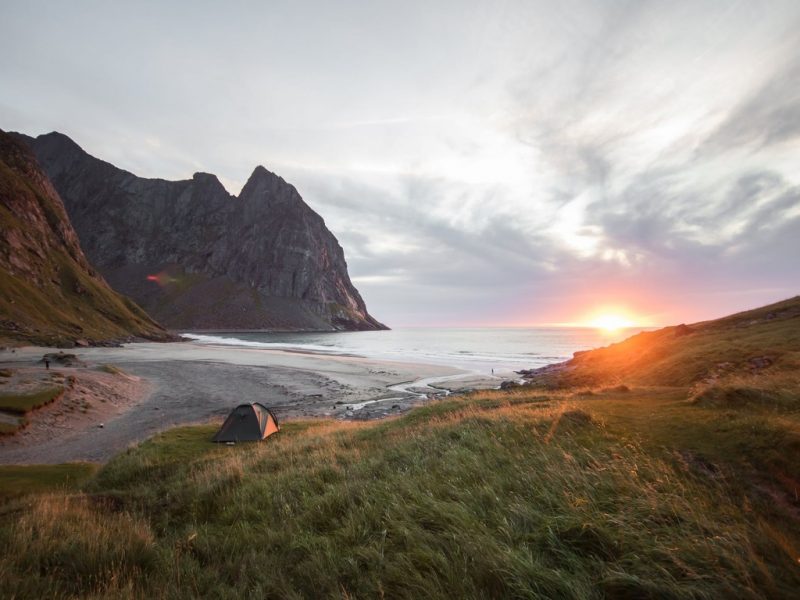
Owing to its name as a famous tourist destination in Manali, it gives a variety of attractions to explore. Destinations like Hidimba Devi sanctuary and Vashist Kund can make trekkers extend their visit for sure.
What are the best months to go on this trek?
Both the ascent and the plummet of Deo Tibba are challenging as the adventurers’ hike upwards. The best time to trek Deo Tibba is during May, June, October, and November.
The unfavorable temperatures and precipitation make this journey a pre and post rainy season journey. Temperatures normally range from 13 to 18 degrees Celsius during the day, with significantly colder evenings.
How many days will be taken to complete the trek?
Deo Tibba is a delightful trip, no doubt. The mountains that you can see from this point are unimaginable. It will take you 6 days to complete the Deo Tibba trek.
Is the trek safe for amateurs? Or is there a turnaround point that is more suitable for amateurs?
It probably won’t be the best journey for beginners, as it travels through a very high altitude region. If you are a beginner but committed to preparing, then you need at least 2-3 months to prepare physically & mentally for this trek.
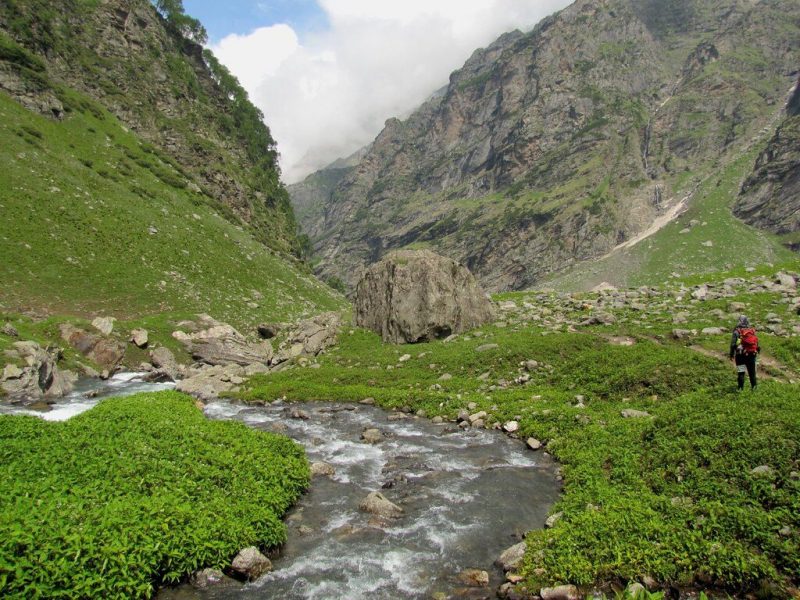
The journey has a level going from moderate to troublesome, which needs great actual wellness, endurance, and perseverance. Earlier trekking or any comparable games insight (like cycling and swimming) is profoundly required.
Assuming you are a beginner in trekking and wish to do this trip in any case, then, at that point, you may set yourself up. This should be possible with customary exercise. Running, cycling, swimming, and even flight of stairs climbing, all are authoritative ways of keeping your body fit and accomplishing this journey.
Can you start this trek without a guide or do you have to book it with an expert?
Deo Tibba Base Camp is a moderate-level trek journey because it requires more strength and perseverance than simple level treks. It is suggested that you first gain experience of trekking to elevations higher than 3000 meters, and afterward move one level up with this trip.
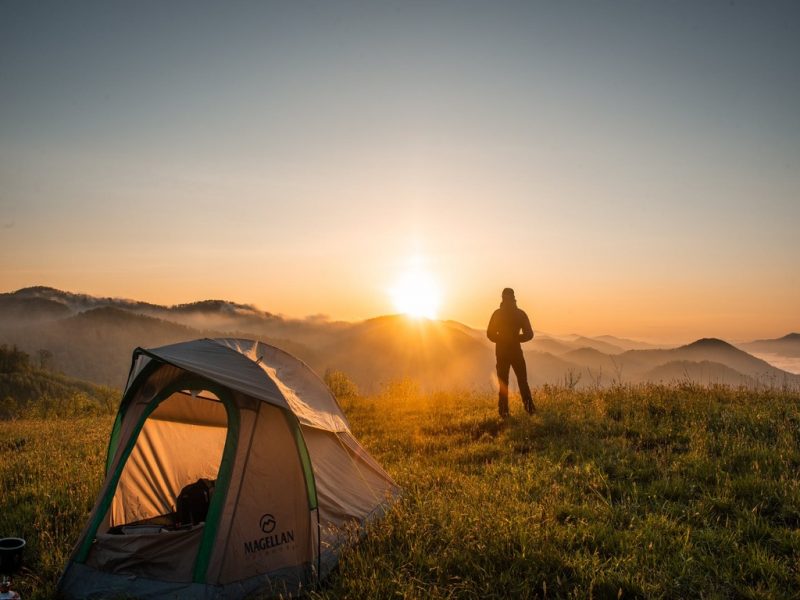
Even though being the most thrilling and adventurous trek of Manali yet it isn’t perilous when done in the team under the direction of an expert guide. It is always suggested that you plan your Deo Tibba expedition with a certified trek leader or expert or experienced organization. This would make your trekking not only easier but also be protected and more organized.
They would have a reasonable agenda on the way in which things are organized across the days and you will have the adaptability to pick a bundle that you need. If you are searching for a challenging expedition you can pick the Mt Deo Tibba trek.
What are the basic skills needed for mountaineering?
1) One should have walking techniques on normal mountain terrain and terrain with snow.
2) One should know technical skills, such as how to use an ice ax and how to rescue a climber from a crevasse.
3) Pranayama or other breathing exercises will also help a long way in developing the kind of thick skin that is needed. An insider trick that I know of is that yoga asanas often make people used to low oxygen levels.
4) You have to be physically and mentally strong. You can develop this strength and endurance through a sustained fitness routine
5) One should have leadership skills, navigation skills, communication skills, and peak climbing skills.
6) Under leadership and communication, one must have positivity, self-awareness, and robustness.
7) One must be attentive towards weather change and should be well-decisive.
What are some useful things that you must have while trekking to Mt Deo Tibba (packing)?
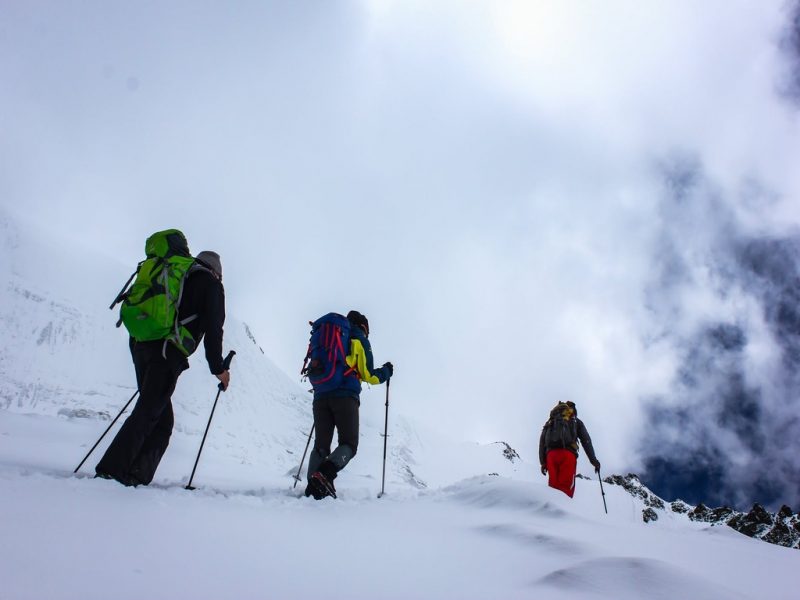
1) Carry waterproof trekking shoes instead of sports shoes with good grip and ankle support.
2) Carry Backpacks and Raincoats to tackle with rains during trekking.
3) Carry a first-aid kit and navigation tools like maps and compass.
4) Carry a higher UV-protected sunscreen lotion that can last for the entire duration of the trek and also carry sunglasses to protect your eyes from the blazing sun.
5) You should also have sustainable water bottles, some munchies, snacks, and electrolytes.
6) You probably won’t know when you would require a torch to direct your way, particularly since you would travel across new towns and landscapes. If you have a headlamp, it can prove to be useful while exploring new destinations.
Tips for winter packing
1) Keep it light and just pack the fundamental things.
2) You will carry the backpack on your shoulders while trekking, so anything above 20kg would prevent your traveling experience. The lighter the backpack, the better.
3) Book doormen for carrying the baggage. They mostly heft around 60L – 85L of baggage per individual.
4) Have a daypack and complete baggage. Daypack would contain just the essentials that you would require during your arrival while trekking.
5) Though you would pack your winter clothing in your baggage that you might allow the doormen to move, winter accessories like woolen mufflers, or extra coats would do well in your daypack.
This is because the Deo Tibba expedition is very unstable concerning the climate. It can get stormy and cold and at the same moment when you are trekking and utilizing your body’s energy, you may likewise feel a piece sweat-soaked. So remember that while packing your luggage.
Mt Deo Tibba Winter Packing List
Baselayers
Thermals or base layers are the garments in the winter layering framework that is utilized to keep your body warm and dry. It is worn closest to your skin and has the essential obligation of wicking dampness off your body. During the Deo Tibba trekking trip, the temperature can go up to – 20 degrees celsius so it is vital to have a warm yet dry warm.
At Kosha, we present the one-of-a-kind mix of merino fleece and bamboo to make thermals that shield you from the super cold as well as help in keeping you dry, odor-free, lightweight and have antibacterial properties. You should carry a thermal t-shirt and bottom to be worn under your garments during the trekking period.
You can check out merino wool thermals for men here.
You can check out merino wool thermals for women here.
Sweaters and Pullovers
Sweaters and sweatshirts are a piece of mid-layer clothing that is worn over your thermals to keep your body protected from the cold temperature. Mid-layers can add that additional layer of warmth that is frequently required, particularly during evenings for the trip.
Ensure you take something comfortable and can be reused during the trekking period. Anything like a Kosh’S Supima cotton sweatshirt or a cotton mix hoodie can go about as a productive mid-layer during the trip.
You can check out neat sweaters for men here | For women here
You can check out comfy sweatshirts for men here | For women here
You can check out stylish pullovers for men here | For women here.
Outer Layers – Jackets and coats
Another significant layer that you want to add to your Deo Tibba base camp packing rundown is a decent-quality lightweight coat. Jackets are the external layer garments that are utilized to shield your body from outside factors.
While baselayer keeps your body dry and comfortable, mid-layer keeps your body warm and the jacket or shell layer ensures your body isn’t impacted by wind, snow, or downpour.
Since the trip will take you through a ton of landscapes and environmental factors, it is recommended to have your hardshell be a multipurpose jacket from Kosha. This would ensure that you have an adequate number of pockets to do your trekking trinkets.
Check the Fleece lined puffer jacket for men here
Check the Fleece lined puffer jacket for women here
Winter Accessories
Protect your head and ear warm with a Merino Wool Reversible Monkey Cap. This cap can be worn in different styles to keep you warm yet trendy. It is appropriate up to 15oC to 0oC
Give your neck a snazzy makeover with Kosha’s delicate Merino Wool Muffler, which is planned with a jewel line design that adds a touch of surface to your closet. Style in easygoing or formal, wrap in any case you like, these stylish mufflers will suit any style.
Keep your hands warm and comfortable with Kosha’s Woolmark confirmed soft merino wool gloves with a touchscreen feature on your index and thumb finger that can assist you with utilizing your smart gadgets without any problem.
You can check out merino wool accessories for men here.
You can check out merino wool accessories for women here.
What are the two most important things to bring before doing mountaineering and why
1)For hydration purposes, it is always good to bring additional water bottles.
2) For navigation purposes, it is always to bring maps, compass, GPS.
3) For lightning fire purposes, one should bring a lighter, matched in a waterproof case.
Conclusion
These days spent in the Deo Tibba peaks will teach you many things, you will become more confident about your peak climbing skills and now you will know what all changes you need to go through to plan your next expedition.
The mountains teach us the most important lesson of life and that is “Nothing is impossible if you have a will to try.” Only by preparing for the worst can you have a stress-free trek experience
After returning home you can plan your next trip to the mighty Himalayan mountains. Family and friends will proudly and happily welcome you and celebrations will be all around. You will feel the mountains are calling you and you will visit again to explore.
Happy trekking!
This article was written by Kosha team member – Mansi Rai, with expert tips from Kieren D’Souza.
Still not sure about what layers to get for your cold weather needs? Let us help you with the right layers! Call us / WhatsApp us at+91 9820999006 between 11am & 6pm IST Mondays to Saturdays.
Stay tuned for more stories! Share your adventure and experience with us by tagging us @koshatravelwear on Instagram, Facebook, LinkedIn, Pinterest and use #mykoshastory !
